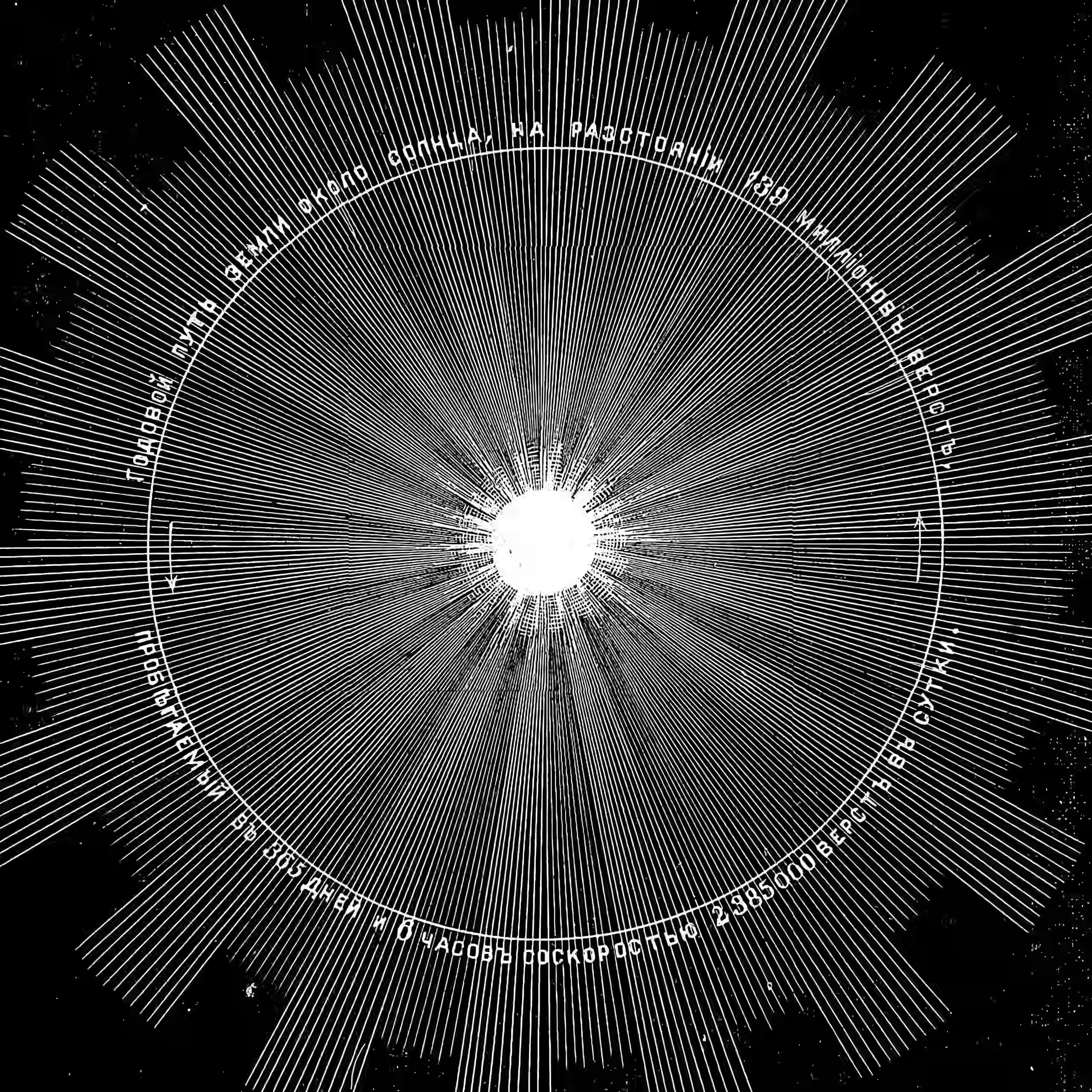Neural nets that do symbolic mathematics, logic and other reasoning tasks
2019-12-08 — 2025-03-11
Wherein models are described as being taught to double-check their own reasoning by appending the token Wait at test time, and a curated s1K dataset plus budget-forcing are reported to boost competition-math performance.
Somewhere between computational symbolic mathematics and automated proof assistants and the modern large language models are models that can solve mathematical problems more effectively than my feeble brain.
cf differentiable automata learning.
Watch this space.
1 Test time scaling
Getting models to self critique is unreasonably effective. TBD
2 Using tiny models
- Jolicoeur-Martineau (2025)
- G. Wang et al. (2025)
- Probabilistic Inference Scaling / Red-Hat-AI-Innovation-Team/its_hub (Puri et al. 2025)
- Probabilistic Inference Scaling – “Can we use classical probabilistic inference methods to scale small LMs to o1 level?”
3 Incoming
simplescaling/s1: s1: Simple test-time scaling (Muennighoff et al. 2025)
Test-time scaling is a promising new approach to language modelling that uses extra test-time compute to improve performance. Recently, OpenAI’s o1 model showed this capability but did not publicly share its methodology, leading to many replication efforts. We seek the simplest approach to achieve test-time scaling and strong reasoning performance. First, we curate a small dataset s1K of 1,000 questions paired with reasoning traces relying on three criteria we validate through ablations: difficulty, diversity, and quality. Second, we develop budget forcing to control test-time compute by forcefully terminating the model’s thinking process or lengthening it by appending “Wait” multiple times to the model’s generation when it tries to end. This can lead the model to double-check its answer, often fixing incorrect reasoning steps. After supervised finetuning the Qwen2.5-32B-Instruct language model on s1K and equipping it with budget forcing, our model s1-32B exceeds o1-preview on competition math questions by up to 27% (MATH and AIME24). Further, scaling s1-32B with budget forcing allows extrapolating beyond its performance without test-time intervention: from 50% to 57% on AIME24. Our model, data, and code are open-source at this https URL
FranxYao/chain-of-thought-hub: Benchmarking large language models’ complex reasoning ability with chain-of-thought prompting/ Towards Complex Reasoning: the Polaris of Large Language Models (Fu et al. 2023)
sanderwood/bgpt: Beyond Language Models: Byte Models are Digital World Simulators (Wu et al. 2024)
New methods boost reasoning in small and large language models - Microsoft Research ## References
